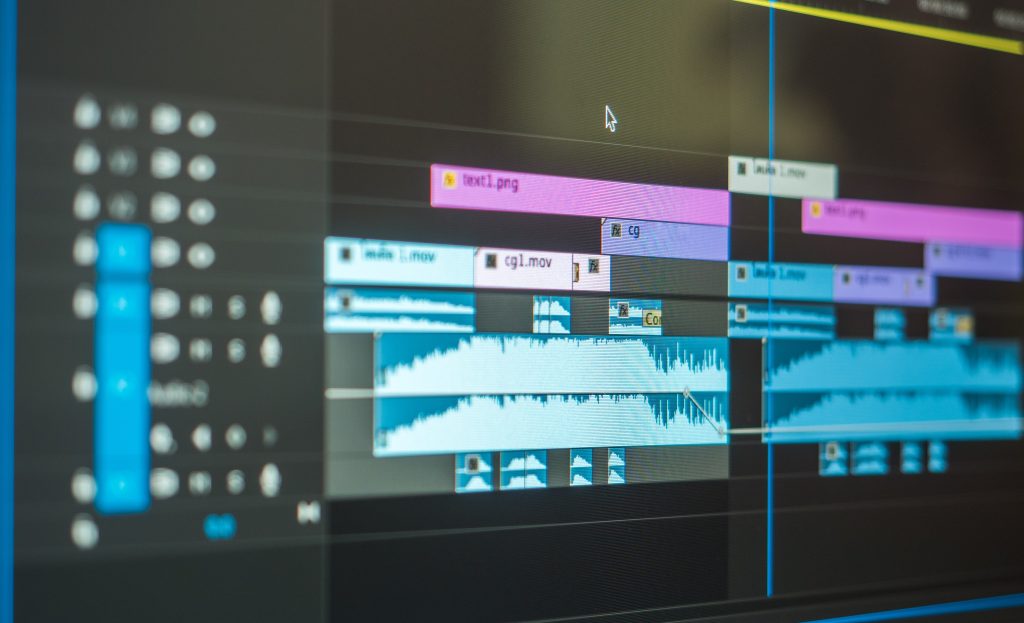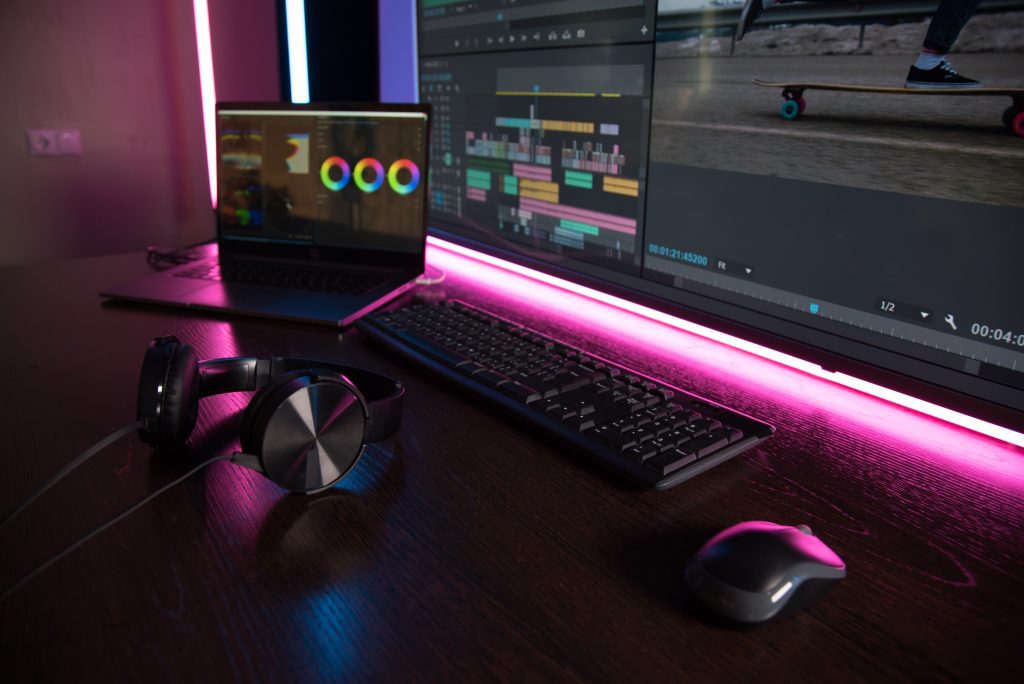
Creating video content may be valuable to you for specific reasons, whether you’re a content creator, brand, marketer, or freelancer. But, in order to create an effective one, you’ll need to learn about video editing, which means manipulating one or more raw footage to produce one final output that achieves the intended purpose.
If you intend to produce professional-looking videos, then investing in software such as DaVinci Resolve or Premiere Pro may be the right thing for you to do. Then, quite obviously, the next step you need to take is to search for and watch a Premiere Pro or DaVinci Resolve tutorial to learn how to navigate your chosen tool.
It’s worth noting that you can’t just use any video editing software as it can make or break the quality of your work, and, sometimes, even limit your ability to customize the video according to your vision. As such, if you’re now choosing between DaVinci and Premiere, below is a guide that may help you in your decision:
Color Grading
The first criterion you can consider in your decision is color grading capabilities. After all, these impact the tone and clarity of your video. The color grading of a video can also affect its emotional impact.
DaVinci Resolve is known for its color grading capabilities, supporting a wide color gamut and HDR images. DaVinci started as a color grading software, meaning its color grading tools have been the focus since the beginning.
On the other hand, while you may do some color grading work with Premiere Pro, it does have fewer color grading tools than DaVinci. Some include Lumetri controls and LUT support.
Therefore, if color grading is your top priority, you may prefer DaVinci Resolve more as it’s known for its advanced color grading capabilities.
Special Effects And Features
The second criterion you ought to consider are special effects and features. These can include motion graphics, artificial intelligence tools, 2D and 3D effects, and more. You’ll find that such elements are essential if you wish to apply some visual corrections, animations, etc., to your videos.
DaVinci Resolve includes a built-in tool for motion graphics and visual effects called Fusion. It’s pretty advanced, and you may learn how to use it over time. Since Fusion is built into DaVinci Resolve’s software, you can seamlessly edit your graphics.
Meanwhile, Premiere Pro doesn’t have many capabilities when it comes to graphics. However, because it’s a part of the Adobe Creative Cloud, it can easily be integrated with Adobe After Effects.
In comparing the graphics capabilities of After Effects and Fusion, you may find Fusion’s features limited. However, if you intend on investing solely in one software, then DaVinci Resolve may be preferable.

User Interface (UI)
An optimized working environment that involves your video editing software’s user interface is vital to your productivity. You’ll want organized and intuitive software if you have to edit plenty of videos.
DaVinci uses a Freeform Timeline Editor with a user interface divided into multiple sections. These are Cut and Edit, Color, Deliver, Fusion, and Fairlight. Meanwhile, Premiere uses an NLE Timeline that utilizes sequences consisting of video, photo, audio track, and other supported media.
On the one hand, you may find DaVinci’s interface pretty straightforward. However, Premiere Pro’s interface and sequence organizing model can lead to a more streamlined workflow. Furthermore, you may also adjust the size and layout of your workspace in Premiere by dragging and dropping the panels. This allows you to edit your workspace according to your needs.
Because of this, you may find that Premiere Pro’s UI may be preferable if you wish to gain a streamlined and personalized workflow and experience. However, if you prefer a simple interface or you’re accustomed to a Freeform Timeline Editor interface from previous software/application, then DaVinci may be for you.
Audio Editing
Besides the visuals of a video, its audio is just as crucial for delivering the message and tone that you wish to communicate to your audience. Therefore, you may want to consider the audio editing capabilities of either of the video editors.
DaVinci Resolve has a built-in audio editing application called Fairlight, which can be accessed on its tab. It offers professional tools and an overall complete digital audio workstation (DAW). This will allow you to add effects, mix tracks, and more.
Meanwhile, with its Primary Audio Mixer tool, Premiere Pro is limited in terms of audio editing capabilities on its own. However, you may easily integrate and utilize Adobe Audition, a dedicated audio editing software as it’s a part of the Adobe Creative Cloud bundle.
For this criterion, you may prefer DaVinci as it already comes with its DAW compared to Premiere Pro wherein you’ll have to invest in another software first.
Conclusion
Video content is vital in today’s digital age, regardless of the industry you’re in. However, to create excellent video content, you’ll need to learn video editing and know the best video editing software for your needs. Considering the numerous video editing software available on the market now, you may have come down to either DaVinci Resolve or Premiere Pro. Hopefully, this guide has aided you in your deliberation between the two.




